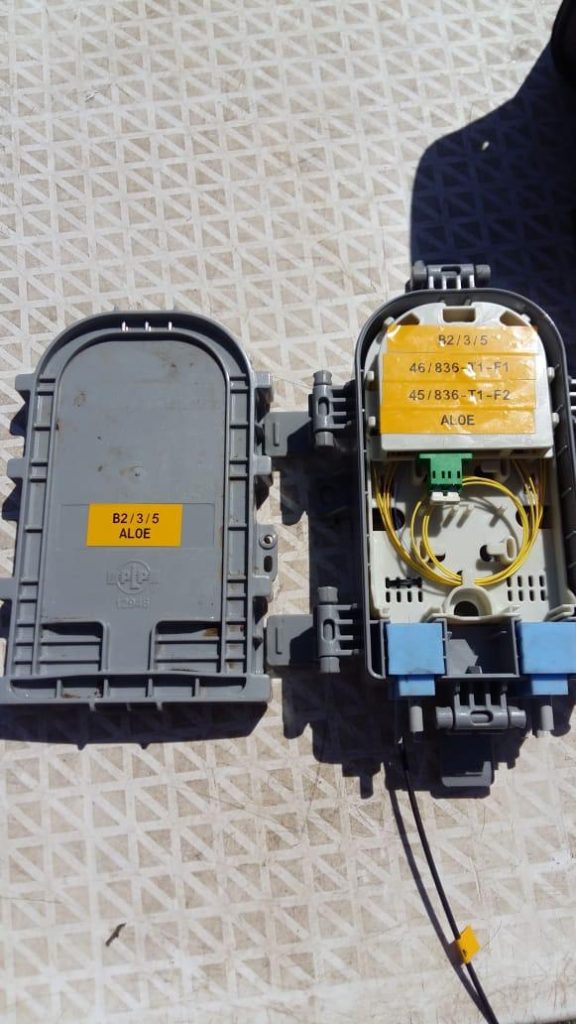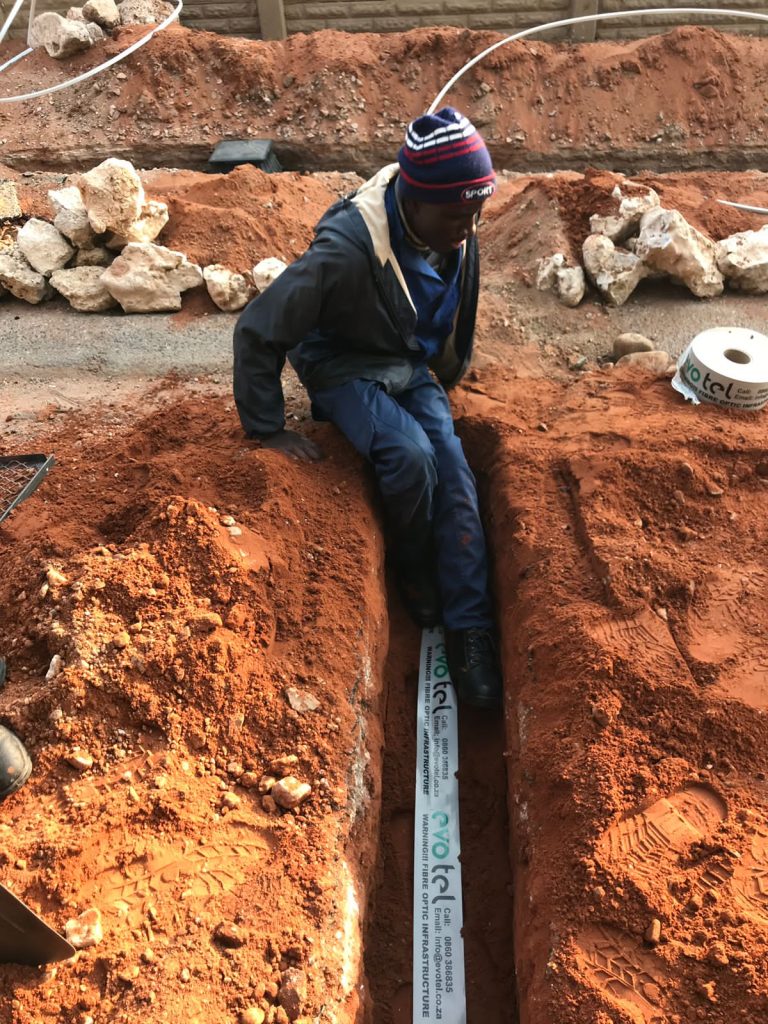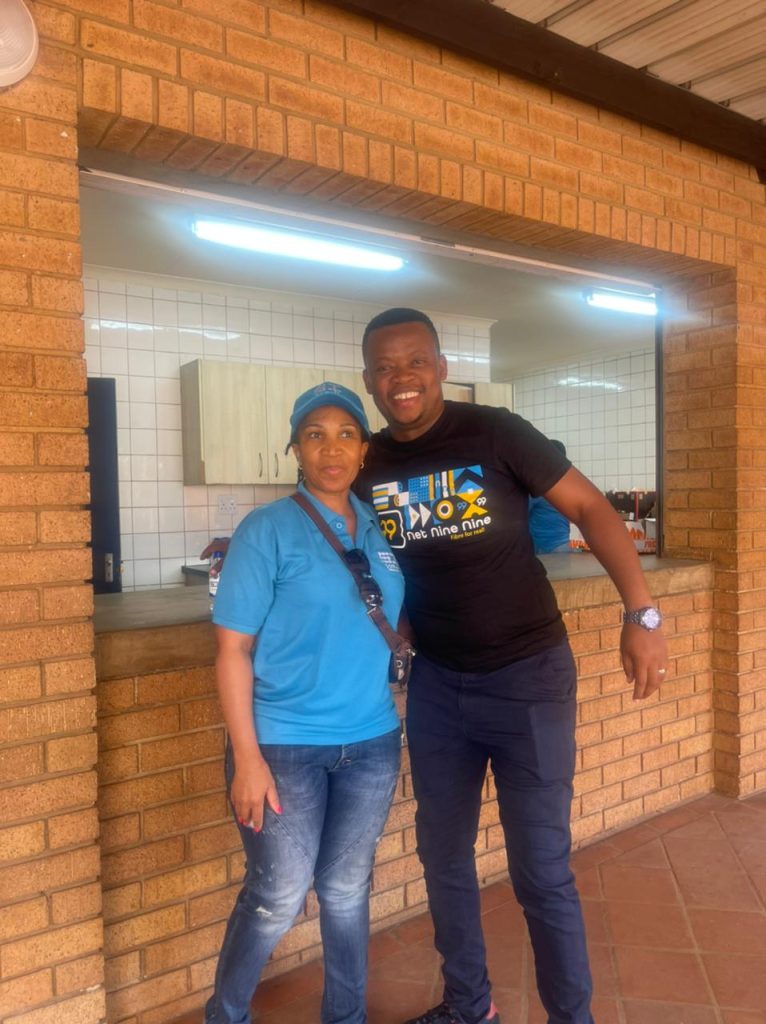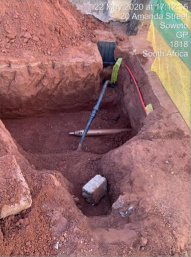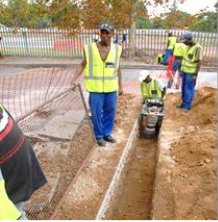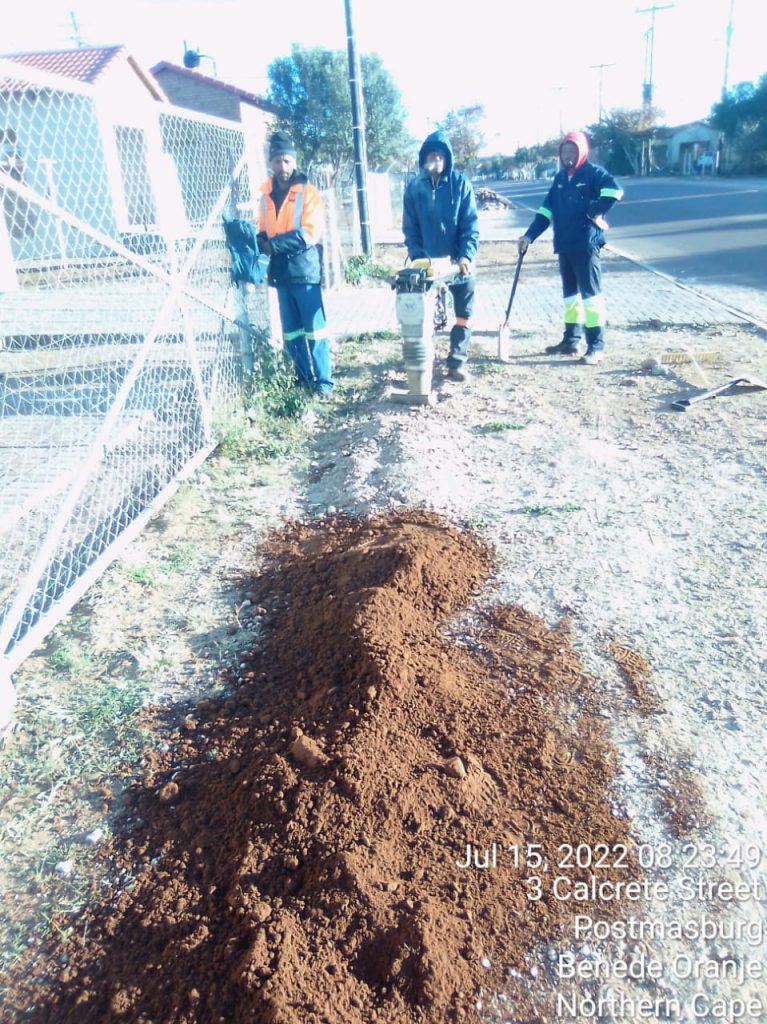We Emphasize our Commitment to Service
SI Telecoms place emphasis on Reliability, Experience, Expertise and Conformance with Customer’s Specifications, Industry Standards and Legislative Requirements.


You’ve got questions, we’ve got answers.
Overhead fiber optic cable is an optical cable installed on poles. One of the most advantage for the overhead fiber optic cable is that it can use the original overhead wire and pole infrastructure. This overhead laying method can save a lot of construction costs and shorten the construction period.
Underground fiber optic cables are responsible for allowing this increased speed by facilitating faster data transmission over long distances. These underground cables have become essential to most businesses as they enable them to send and receive information quickly and securely
Buried fiber deployments, unlike aerial, are protected from weather damage by being buried below the freezing point in the ground. This makes buried fiber deployments more reliable than aerial fiber deployments in areas that experience extreme winter weather.
A strand less than a tenth the thickness of a human hair can transmit about 25,000 phone calls, and an entire fiber optic cable can transmit several million calls at once
Information moves at the speed of light – an inconceivably fast 299,792,458 meters per second). This means that you can move a lot of data very quickly. As a result, streaming HD video has less latency (delay in transmitting data) because the data is buffered (downloaded in advance).
There are two main types of systems that enable fibre broadband connections to the home. Active optical systems use switching devices such as routers to manage signal distribution and direct signals to specific customers. Switches can be opened and closed in various ways to direct incoming and outgoing signals to the right place.
Services
Some of our services are:
National Long Route(NLR) installation
Our National Long Route projects have allowed us to establish ourselves as key service providers to the national fibre grid.
aerial fibre installation
Deploying fibre above ground on poles or towers removes the need for underground digging and is particularly useful when the ground is uneven, rocky or both.
Moling
Our moling division caters for trenching requirements. The use of the Pneumatic drilling allows us to trench without having to lift existing driveways or other surface obstacles.
FTTB
(fiber-to-the-building, -business, or -basement): Fiber reaches the boundary of the building, such as the basement in a multi-dwelling unit, with the final connection to the individual living space being made via alternative means, similar to the curb or pole technologies.
FTTH
Aerial network - Deploying fibre above ground on poles or towers removes the need for underground digging and is particularly useful when the ground is uneven, rocky or both. Design and build FTTH networks utilizing Aerial Line Construction technology using poles. Underground network - Deploying fibre underground, involves trenching, laying duct, floating fibre, splicing and reinstatement
WTTH
Wireless networking allows homes, telecommunications networks and business installations to avoid the costly process of introducing cables into a building, or as a connection between various equipment locations. WTTH telecommunications networks are generally implemented and administered using radio communication.
Hotspot
A hotspot is a physical location where people can access the Internet, typically using Wi-Fi, via a wireless local area network (WLAN) with a router connected to an Internet service provider.
splicing
SI Telecom's highly experienced splicing division focuses on maintenance and core builds, from installation of OLT, ONT, patch panels and the full range of fibre dome joints, through to all testing required by our clients.
maintenance
We also offer maintenance on existing installations.


